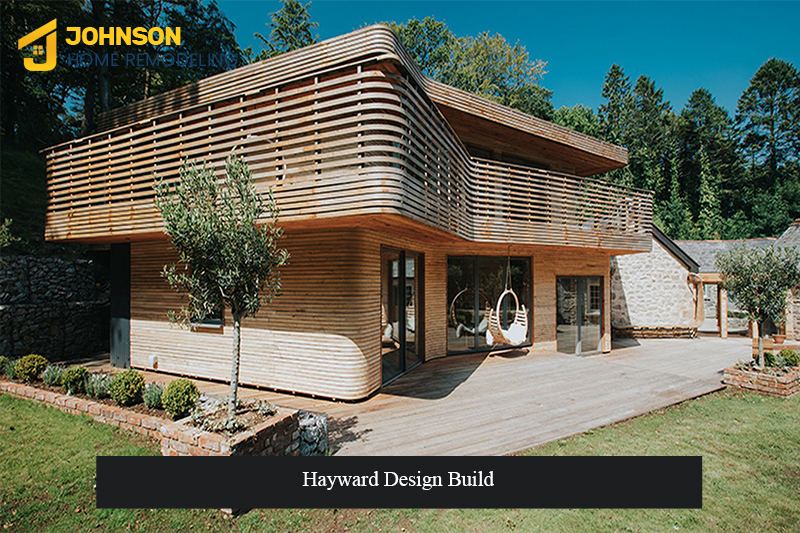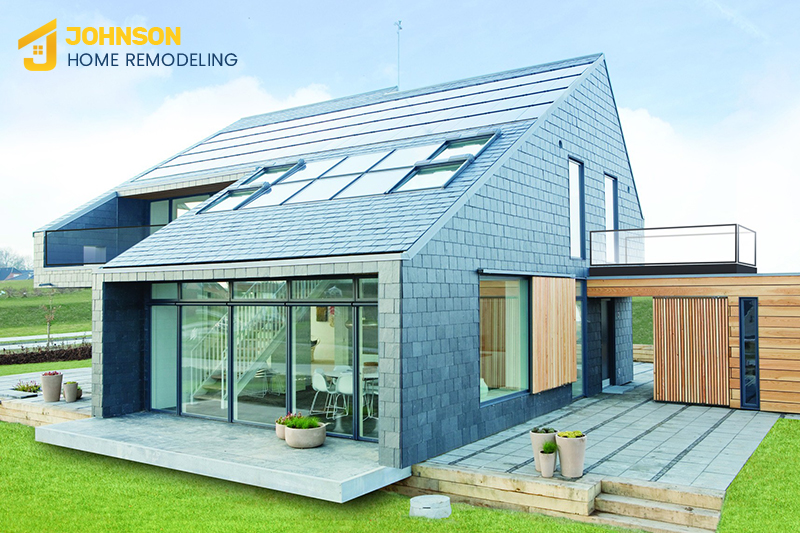Hayward design-build services have been gaining popularity in the construction industry due to their simplified approach to building projects. This method involves hiring a single entity to take on both the design and construction aspects of the project, making it a one-stop shop for clients.
Hayward Design-build services are an excellent choice for clients who want a streamlined process, as it eliminates the need to coordinate between separate design and construction firms. With this method, the design and construction teams work together from the project’s inception, creating a seamless process from start to finish.
In the past, the design-bid-build approach was the most commonly used method in construction. This method involved the owner hiring an architect or engineer to design the project, followed by bidding the project out to various contractors to build.
However, with the design-build approach, the entire process is consolidated into one contract, resulting in more efficient and timely project completion.

Design Build Services can offer several benefits over traditional construction methods, including:
Since the design and construction phases are managed by a single entity, there is often less time spent coordinating between different parties, which can result in faster project completion.
By having a single entity responsible for both design and construction, there can be greater accountability for project costs and better cost management throughout the project.
The Hayward design-build approach promotes greater collaboration between the design and construction teams, which can lead to better communication and a more cohesive project outcome.
By having a single entity responsible for the entire project, there is greater responsibility for the project outcome, which can lead to higher quality results.
The Hayward design-build approach can result in greater efficiency throughout the project, from initial planning and design to construction and project closeout. This can be due to streamlined communication, better coordination, and more efficient use of resources.
The design-build approach allows for greater flexibility in project design and construction, as the design-build team can work closely with the client to tailor the project to their specific needs and requirements. This can result in a more personalized and customized outcome.
By having a single entity responsible for both design and construction, there can be greater accountability for project risks and better risk management throughout the project. This can help to minimize project delays, unexpected costs, and other issues that can arise during construction.
The design-build approach allows for greater innovation in project design and construction, as the design-build team can work closely with the client to explore new materials, technologies, and construction methods. This can result in a more innovative and cutting-edge project outcome.
With a Hayward design-build approach, clients have a single point of contact throughout the entire project, which can simplify communication and make it easier to address any issues or concerns that may arise. This can help to streamline the project delivery process and ensure a more successful project outcome.
Thus, faster project delivery, lower costs, higher quality, and increased communication and collaboration between all project stakeholders are some of the primary advantages of the design-build approach.
Design Build Services in action refers to the implementation of a construction project using the design-build delivery method. This method involves a team of professionals working together to complete a project from start to finish. Here are the steps involved in the design-build process:
In this phase, the Hayward design-build team works closely with the client to understand their project goals, objectives, and requirements. This may include conducting feasibility studies, site analysis, and conceptual design development. The team also establishes a budget and schedule for the project.
Once the project goals and requirements are established, the design-build team moves into the design phase. In this phase, the team develops a detailed design that meets the client’s needs and budget. This may include creating architectural plans, engineering drawings, and other specifications.
After the design is finalized and approved, the construction phase begins. During this phase, the design-build team manages all aspects of the construction process. This includes obtaining necessary permits, hiring subcontractors, and overseeing the construction work.
Once construction is complete, our Hayward design-build team conducts a final inspection to ensure that the project meets all the required specifications and standards. They also make any necessary repairs or adjustments. Additionally, the team may provide ongoing maintenance and support to ensure the project continues to meet the client’s needs and requirements.

Here is a table summarizing the differences between design-build and traditional design-bid-build:
| Design-Build | Design-Bid-Build | |
| Project Owner | Single point of contact with the design-builder | Dealing with multiple contractors and subcontractors |
| Contracting | Single contract with the design-builder | Multiple contracts with various contractors |
| Project Timeline | Concurrent design and construction | Design phase followed by the construction phase |
| Responsibility | Design-builder is responsible for both design and construction | Owner is responsible for design and contractors are responsible for construction |
| Cost Control | Design-builder is responsible for managing costs throughout the project | Owner is responsible for managing costs and minimizing change orders |
| Quality Control | Design-builder is responsible for ensuring quality throughout the project | Owner is responsible for ensuring quality of design and contractors are responsible for quality of construction |
In summary, Hayward design-build process is a streamlined and efficient approach to project delivery that offers many benefits over traditional project delivery methods.
The design-build team may work together to create a high-quality project on schedule and under budget by merging the design and construction phases into one smooth process.
In general, the Hayward design-build method is a well-liked option for a variety of building projects, from modest residential renovations to major commercial constructions. By working closely with a design-build team, clients can achieve their project goals and objectives while minimizing risks and ensuring a successful project outcome.
Design-build has several advantages over traditional design-bid-build, including faster project delivery, better cost control, and better collaboration between the design and construction teams.
With design-build, there is a single point of contact for the owner, which simplifies communication and decision-making. Additionally, design-build often results in fewer change orders, which can save time and money.
One disadvantage of design-build is that the owner has less control over the design process compared to traditional design-bid-build. Additionally, the design-build entity may not have as much expertise in certain areas as specialized contractors might, which could impact the quality of the project.
Finally, the owner may have limited options for choosing the design-builder, which could impact the price and quality of the project.
Design-build is appropriate for projects where speed is a priority, where the owner wants a single point of contact, or where the design is not particularly complex. It is also appropriate for projects where the owner has a good working relationship with a particular design-builder, or where the owner is comfortable with the design-builder’s expertise in the relevant area.
The design-builder is responsible for both the design and construction of the project. This means that they are responsible for managing the entire project, from concept to completion.
The design-builder is responsible for managing costs, ensuring quality, and meeting project deadlines. They work closely with the owner to ensure that the project meets their needs and expectations.